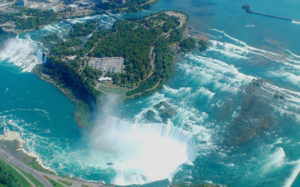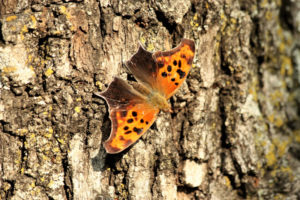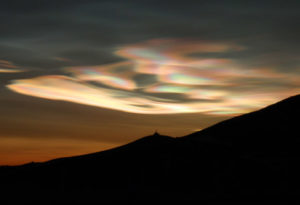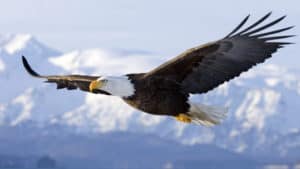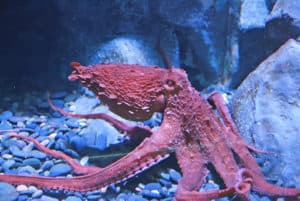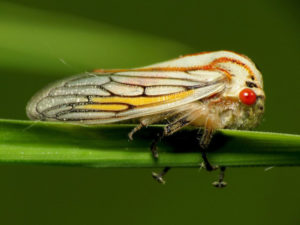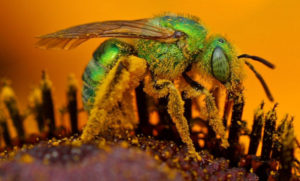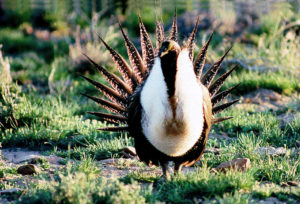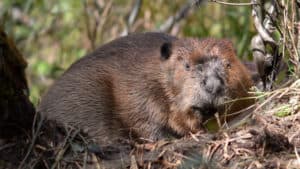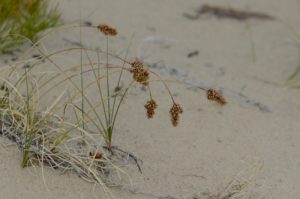Niagara Falls serves as the name collectively given to three magnificent waterfalls straddling the border between the United States and Canada, in North America. They also mark the southern end of Niagara Gorge. The three waterfalls that comprise Niagara Falls are the American Falls, the Horseshoe Falls, and the Bridal Veil Falls. The American Falls and the […]
Question Mark Butterfly
Question Mark Butterfly Facts Related Articles Question Mark Butterfly Physical Description Entomologists consider the distinctively marked Question Mark Butterfly to be a rather moderately large species. One of the most noteworthy facts about this insect remains what it does not possess. Unlike most butterflies or moths, it does not display sexual dimorphism. Both genders attain […]
5 Rare Mind-Blowing Cloud Types
For thousands of years, mankind has gazed skyward with a mixture of awe and wonder at the beauty and variety of clouds such as these 5 Rare Mind-blowing Cloud Types. Yet, only in the last few centuries have we begun to understand the complex interaction of forces which forms and shapes clouds. It was not […]
Bald Eagle
Bald Eagle Facts Related Articles Bald Eagle Physical Description The majestic Bald Eagle never fails to capture the attention and imagination of those individuals fortunate enough to view one, especially in the wild. That enchantment occurs due to several reasons. This biological marvel posseses amazing qualities of both beauty and physical dimensions. In terms of […]
North Pacific Giant Octopus
North Pacific Giant Octopus Facts Related Articles North Pacific Giant Octopus Physical Description Its sheer size obviously ranks as the most noteworthy trait of the North Pacific Giant Octopus. Adults have an average arm span of 14 ft (4.3 m). However, exceptional individuals have achieved spans of as much as 20 ft (6 m). Further, […]
Oak Treehopper
Oak Treehopper Facts Related Articles Oak Treehopper Physical Description It bears mentioning that, while not a large insect, both forms of the Oak Treehopper nonetheless rank as relatively large compared to related creatures. Furthermore, on average, these arthropods possess bodies having a proportionately heavier body. These also most commonly display a more triangular body than […]
Sweat Bee
Sweat Bee Facts Related Articles Sweat Bee Physical Description Since the term Sweat Bee applies to so many species, physical differences naturally exist among the differing species. Nevertheless, the members of this absolutely amazing group of arthropods do share certain general physical characteristics. For one thing, the various species of this type of bee attain […]
Greater Sage Grouse
Greater Sage Grouse Facts Related Articles Greater Sage Grouse Physical Description The preferred term of Greater Sage Grouse fits this winged masterpiece of Nature and evolution perfectly. Among its kind, it’s a veritable giant. The bird’s thus quite distinctive for multiple reasons, since it’s both the largest of its kind in its range, and also […]
North American Beaver
North American Beaver Facts Related Articles North American Beaver Physical Description The captivating North American Beaver typically garners a great deal of attention from those fortunate enough to encounter one in the wild. It does so for a variety of reasons, though. That’s true since it’s both visually impressive and of reasonably impressive stature. Regarding […]
Baikal Sedge
Baikal Sedge Facts Related Articles Baikal Sedge Physical Description First of all, the delicate seeming Baikal Sedge evolved as a small perennial species. The species appears delicate and fragile, but the reality remains quite the opposite. In fact, this surprising plant variety actually represents a comparatively hardy species. Firstly, the stems of the plant develop […]
